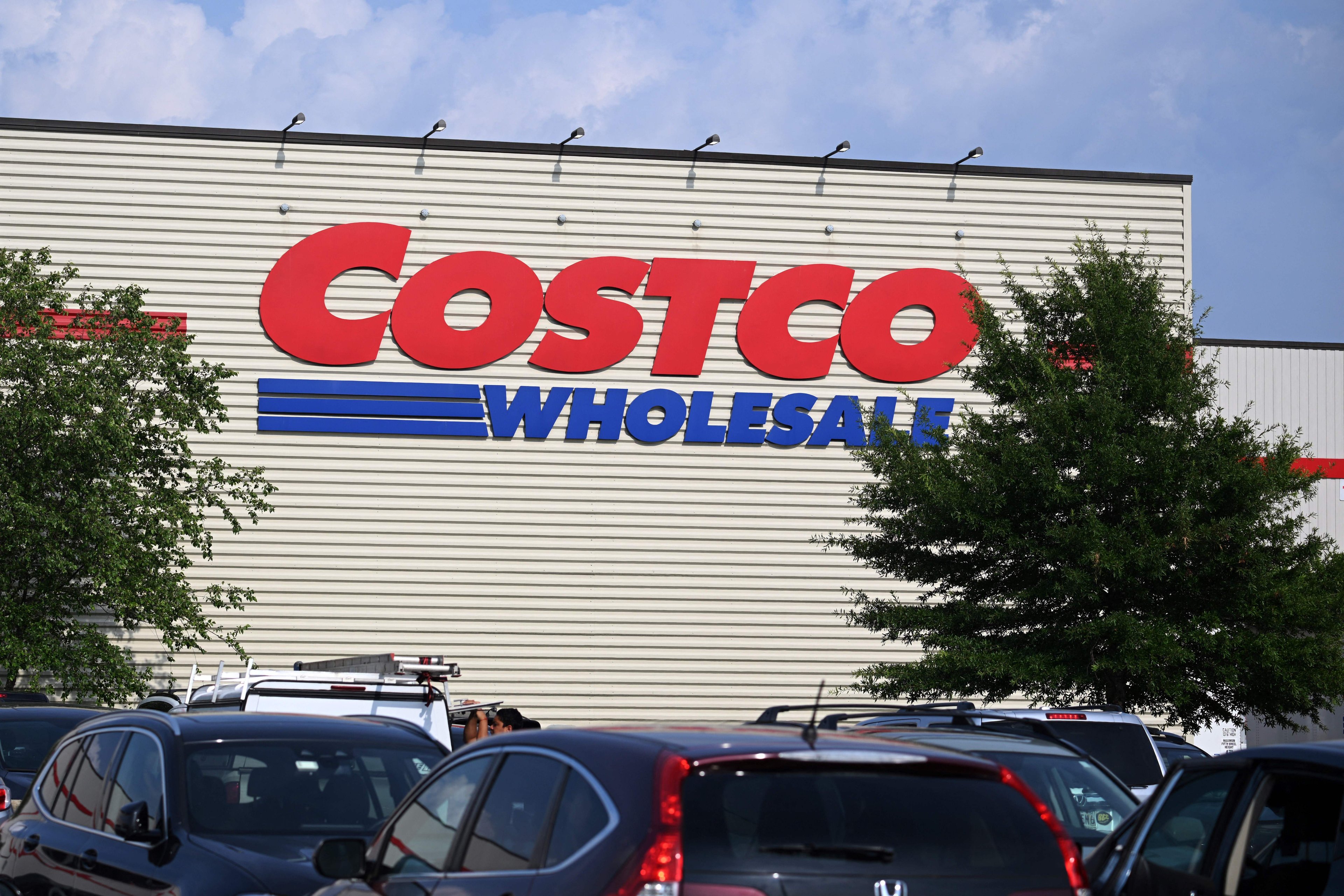Investors had a few reasons to be optimistic heading into Costco Wholesale's (COST 0.57%) latest earnings report. The warehouse retailing giant has been setting records on several operating trends lately, including customer traffic and membership satisfaction. On Thursday, the chain revealed that this positive momentum was sustained into mid-February. Costco also revealed some head-turning growth numbers tied to consumer behavior around the coronavirus (COVID-19) outbreak.
Here are a few takeaways from that report.

Image source: Getty Images.
1. Sales gains
There were no worries about sales growth in the second quarter of fiscal 2020, as comparable-store sales gains landed at 8%, both in the U.S. and around the world after adjusting for currency swings and gas price changes. That result kept Costco at the top of the industry, given that rivals such as Walmart and Target each recently reported comps of around 2%.
Costco's same-store growth in the U.S. was slightly exaggerated by timing shifts for major shopping days around Thanksgiving. Yet the company still managed market-thumping demand, with customer traffic jumping 6%.
2. Subscriber updates
Subscriber trends were strong, with overall cardholders rising about 1% to 100.9 million worldwide. Costco's renewal rate was 90.9%, unchanged from last quarter and holding at a record high for the business. The bigger base and higher average annual rates combined to push membership fee income up to $816 million from $768 million a year ago.
3. Price cuts
Management noted a few financial challenges that combined to push its profitability slightly lower in its merchandise sales. Costs from its new poultry plant reduced margins, for one. The retailer's gross profit margin was also hurt by faster growth in gas and e-commerce sales, which are are comparatively less profitable for the business. Management also noted that they cut prices more aggressively in the fresh-food aisles this past quarter.
4. Digital wins
Costco reported 28% higher sales from the e-commerce business, and that figure falls to roughly 17% after accounting for the timing shift around Thanksgiving. Executives highlighted robust growth in the online grocery niche and in the company's Instacart service.
This channel should continue growing in importance over time, and Costco just this quarter launched its digital platform in Japan and Australia.
5. Coronavirus demand
In their recent earnings calls, retailers including Target have said they haven't seen a significant negative impact in the U.S. from coronavirus-related changes in consumer behavior. But Costco is clearly seeing a positive bump from the health concerns.
Comps accelerated to 12% in February, in fact. In the earnings call with investors, management said most of the speed-up came from stock-up grocery trips in response to fears of the outbreak spreading around the country. Sales soared during the last week of the month and likely added 3 full percentage points to February comps, they said.
Customer traffic shot up to 9% last month, and that surge has strained the business and produced more out-of-stock challenges. "It's been a little crazy this past week in terms of outside shopping frequency and sales levels," CFO Richard Galanti said.
So far, there's been no clear negative financial impact from coronavirus either with respect to demand or Costco's supply chain. But the situation is highly fluid. "We'll see what tomorrow brings," Galandi said.








